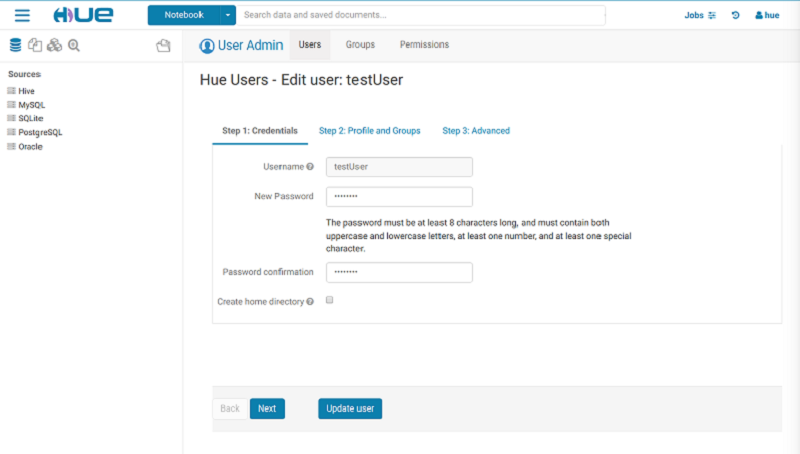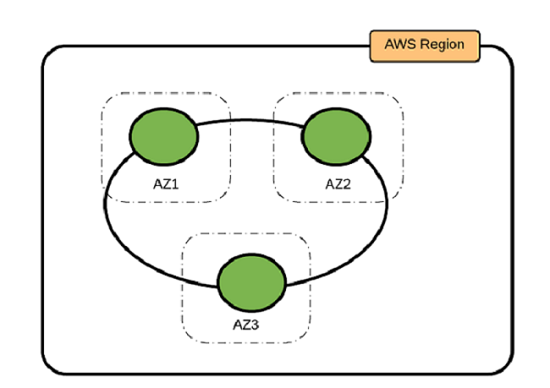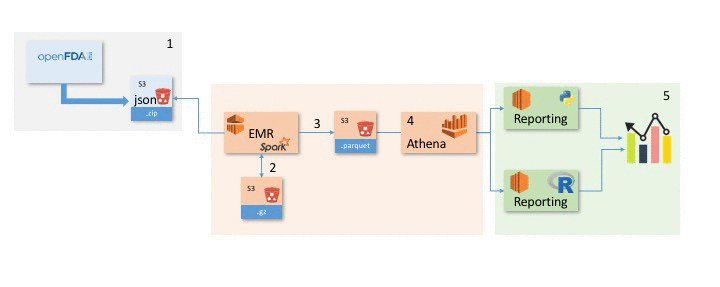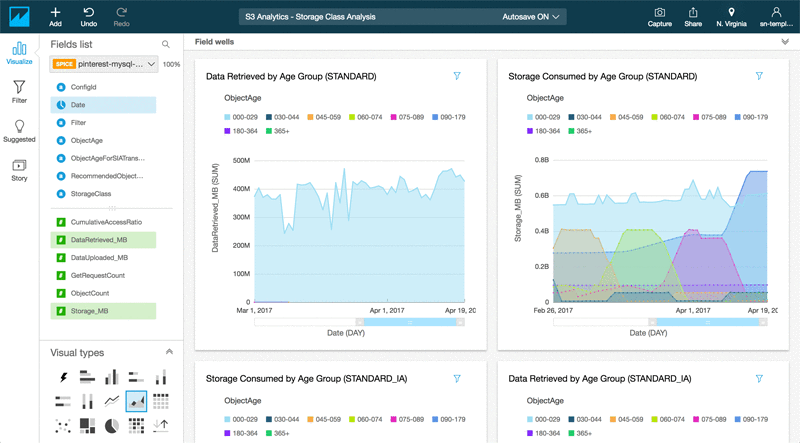AWS Big Data Blog
Tag: Amazon S3
How to migrate a Hue database from an existing Amazon EMR cluster
This post describes the step-by-step process for migrating the Hue database from an existing EMR cluster.
Best Practices for Running Apache Kafka on AWS
The best practices described in this post are based on our experience in running and operating large-scale Kafka clusters on AWS for more than two years. Our intent for this post is to help AWS customers who are currently running Kafka on AWS, and also customers who are considering migrating on-premises Kafka deployments to AWS.
Best Practices for Running Apache Cassandra on Amazon EC2
In this post, we outline three Cassandra deployment options, as well as provide guidance about determining the best practices for your use case.
Build a Multi-Tenant Amazon EMR Cluster with Kerberos, Microsoft Active Directory Integration and IAM Roles for EMRFS
In this post, we will discuss what EMRFS authorization is (Amazon S3 storage-level access control) and show how to configure the role mappings with detailed examples.
Dynamically Create Friendly URLs for Your Amazon EMR Web Interfaces
This solution provides a serverless approach to automatically assigning a friendly name for your EMR cluster for easy access to popular notebooks and other web interfaces.
Build a Data Lake Foundation with AWS Glue and Amazon S3
A data lake is an increasingly popular way to store and analyze data that addresses the challenges of dealing with massive volumes of heterogeneous data. A data lake allows organizations to store all their data—structured and unstructured—in one centralized repository. Because data can be stored as-is, there is no need to convert it to a predefined schema. This post walks you through the process of using AWS Glue to crawl your data on Amazon S3 and build a metadata store that can be used with other AWS offerings.
Setting up Read Replica Clusters with HBase on Amazon S3
Many customers have taken advantage of the numerous benefits of running Apache HBase on Amazon S3 for data storage, including lower costs, data durability, and easier scalability. Customers such as FINRA have lowered their costs by 60% by moving to an HBase on S3 architecture along with the numerous operational benefits that come with decoupling […]
Analyze OpenFDA Data in R with Amazon S3 and Amazon Athena
One of the great benefits of Amazon S3 is the ability to host, share, or consume public data sets. This provides transparency into data to which an external data scientist or developer might not normally have access. By exposing the data to the public, you can glean many insights that would have been difficult with […]
Visualize Amazon S3 Analytics Data with Amazon QuickSight
When Amazon S3 analytics was released in November 2016, it gave you the ability to analyze storage access patterns and transition the right data to the right storage class. You could also manually export the data to an S3 bucket to analyze, using the business intelligence tool of your choice, and gather deeper insights on usage and growth patterns. This helped you reduce storage costs while optimizing performance based on usage patterns. With today’s update, you can quickly and easily gain those deeper insights and benefits by analyzing and visualizing S3 analytics data in Amazon QuickSight. It takes just a single click from the S3 console, without the need for manual exports or additional data preparation.
Seven Tips for Using S3DistCp on Amazon EMR to Move Data Efficiently Between HDFS and Amazon S3
Although it’s common for Amazon EMR customers to process data directly in Amazon S3, there are occasions where you might want to copy data from S3 to the Hadoop Distributed File System (HDFS) on your Amazon EMR cluster. Additionally, you might have a use case that requires moving large amounts of data between buckets or regions. In these use cases, large datasets are too big for a simple copy operation.









